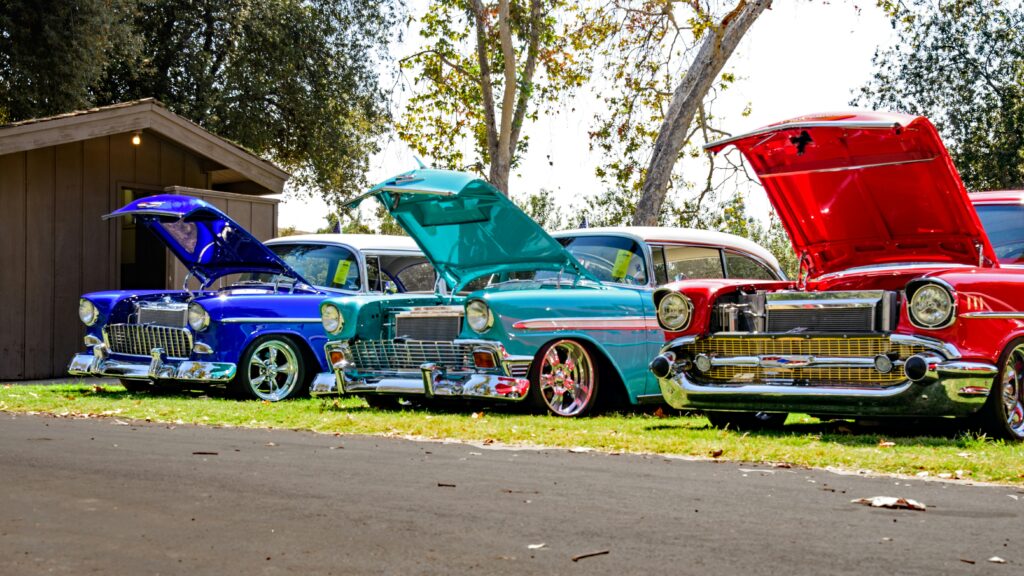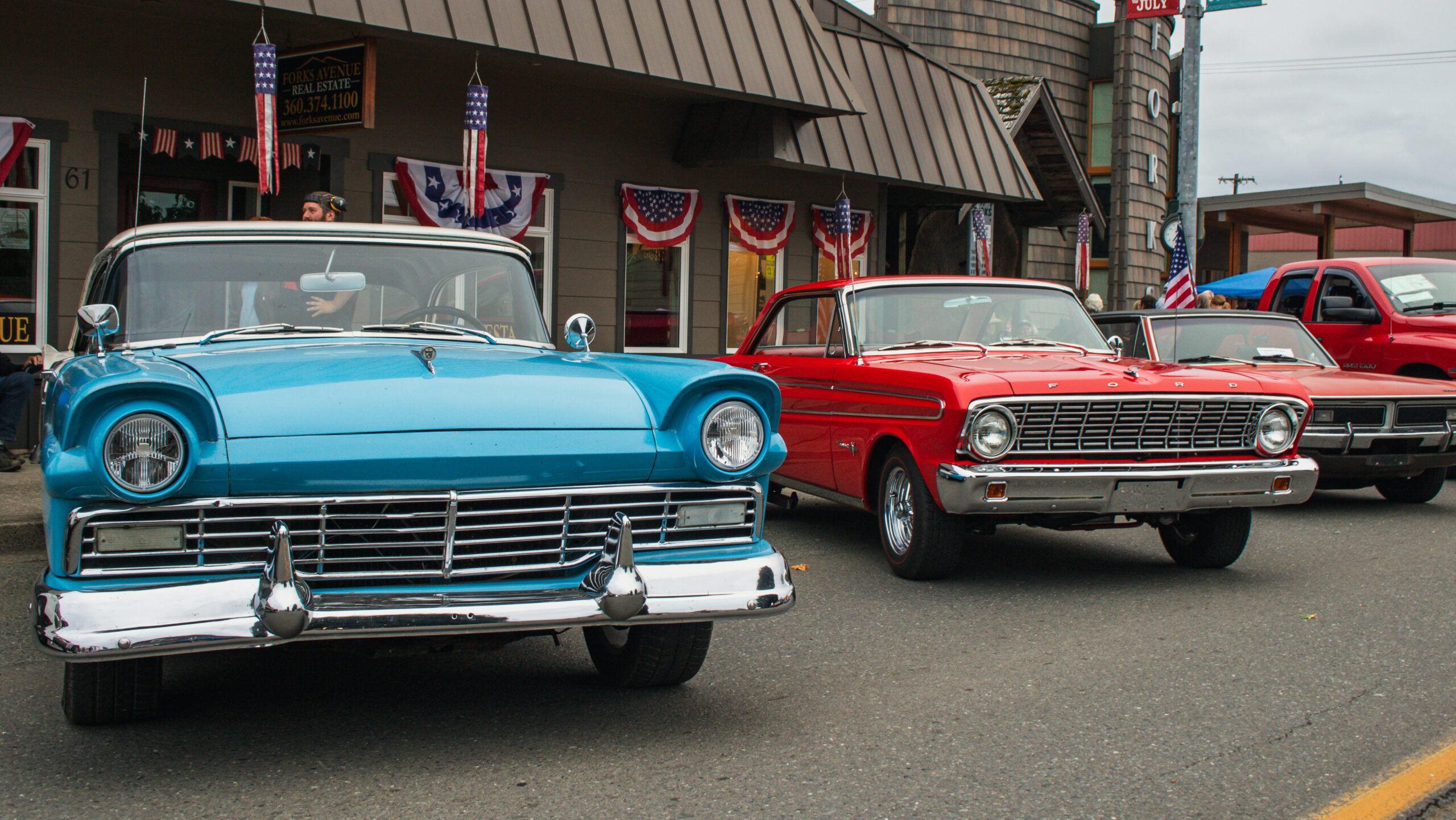Owning a classic car is a journey filled with passion, patience, and pride. For many enthusiasts, the thrill of restoring a vintage vehicle to its former glory offers unmatched satisfaction. This guide walks you through every step of classic car ownership, from budgeting and selecting the right car to restoration, repair, and building connections in the classic car community. Inspired by Tim, a seasoned auto repair specialist, these insights blend practical advice with the belief that classic car ownership is about balancing dedication with enjoyment.
1. Choosing the Best Classic Car for Beginners
Selecting the right classic car is critical, especially for beginners. Popular beginner-friendly classic cars like the Ford Mustang, Chevrolet Camaro, and Volkswagen Beetle are excellent choices. These models are easier to restore and maintain because they have strong community support and readily available parts, making them ideal choices for a first-time restoration project M & T Manufacturing Autotrader Classics.
Tim’s advice? “Start with a car that has plenty of available parts and online resources; it will save you time and money down the road.”

2. Setting a Realistic Budget for Classic Car Restoration
Classic car ownership can come with significant expenses, and budgeting properly is essential for a positive experience. Beyond the initial purchase price, make sure your budget includes:
- Restoration and Repairs: Costs for parts, labor, and any specialized services you may need. Set aside funds for tools if you plan on doing some DIY work. Pedal Commander recommends budgeting extra for unforeseen issues, as restoration timelines often extend due to unplanned repairs Pedal Commander Car & Classic.
- Insurance and Storage: Specialty insurance for classic cars typically includes agreed-value coverage, which protects your investment. Climate-controlled storage is ideal for preserving your classic car and preventing rust M & T Manufacturing
Hagerty.
By setting a realistic budget that covers purchase, restoration, and ongoing maintenance, you can keep your finances under control and enjoy the restoration journey.
3. Classic Car Restoration: When to DIY vs. When to Hire a Professional
Restoring a classic car yourself is incredibly rewarding but requires knowing when to seek professional help. Simple maintenance tasks like oil changes, replacing spark plugs, and detailing can be done at home. However, more complex work, such as engine rebuilds or rust repair, is often best left to a skilled mechanic Autotrader Classics Car & Classic. Car & Classic Magazine advises building a relationship with a mechanic experienced in classic car repair, as they’ll have the specialized knowledge and tools that can be invaluable for long-term upkeep Car & Classic .
Tim’s advice? “Build a relationship with a mechanic who understands classic cars to ensure the work is done right.”

4. Essential Mechanical Skills Every Classic Car Owner Should Learn
Owning a classic car often requires a hands-on approach. Core skills like oil changes, brake replacements, and carburetor adjustments can save you significant costs over time M & T Manufacturing. Tim encourages beginners to pick up these basic skills to enhance their understanding of their vehicle and build confidence in maintenance. According to Rusty Autos, a toolkit with essentials like wrenches, sockets, and a multimeter is a great starting point for tackling basic repairs Pedal Commander M & T Manufacturing.
Each of these skills builds confidence, reduces repair costs, and helps you connect more with your classic car.
- Basic Oil Changes – Regular oil changes keep the engine running smoothly and extend the life of the car.
- Brake Maintenance and Replacement – Understanding how to replace brake pads, check fluid levels, and bleed the brakes is critical for safety.
- Spark Plug Replacement – Knowing how to replace spark plugs improves performance and fuel efficiency.
- Battery Testing and Replacement – Essential for diagnosing and solving electrical issues, especially for cars that aren’t driven daily.
- Carburetor Adjustment – Tuning the carburetor helps with optimal fuel mixture and smooth idling.
- Coolant and Radiator Maintenance – Understanding the cooling system helps prevent overheating, a common issue in older cars.
- Belt and Hose Inspection – Checking for wear and knowing when to replace belts and hoses prevents breakdowns.
- Tire Rotation and Pressure Checks – Regularly rotating tires and checking air pressure improves handling and tire longevity.
- Basic Electrical Troubleshooting – Learning to use a multimeter to check electrical connections helps diagnose common wiring issues.
- Rust Prevention and Repair – Knowing how to spot rust early and treat small patches helps preserve the car’s body.
5. Preventing and Repairing Rust on Classic Cars
Rust is one of the most common challenges in classic car ownership, but with regular care, it can be managed. Light surface rust can often be treated at home with rust-proofing products, but deeper rust typically requires professional help. Classics on Autotrader suggests storing your car in a dry, climate-controlled space to minimize exposure to moisture, which can prevent rust from forming Autotrader Classics. Tim also recommends frequent rust inspections, especially in hidden areas, to catch problems early.

6. Finding Parts and Building a Network in the Classic Car Community
Sourcing classic car parts is often one of the biggest hurdles, especially for rare models. Many classic car owners join clubs or online forums where they can connect with other enthusiasts to locate parts and discuss maintenance tips Autotrader Classics Car & Classic .
Tim notes, “Joining a club can be valuable for finding rare parts. Sometimes, knowing the right person is the only way to get what you need.” Many clubs also organize swap meets or have partnerships with part suppliers, making them great resources for classic car owners.

7. Protecting Your Investment with Classic Car Insurance
Classic car insurance is unique and offers benefits like agreed-value coverage, where you and the insurer agree on the car’s value upfront. This is essential for protecting the value of your car in case of loss. Hagerty Media recommends keeping detailed records of any repairs or restorations, as this documentation supports the car’s valuation and helps maintain its insurance value Hagerty. By ensuring your car has the right insurance, you protect both your investment and the work you’ve put into restoring and maintaining it.

8. Proper Storage Techniques for Classic Cars
Storing a classic car properly is critical for preserving its condition. Ideal storage involves a dry, temperature-controlled environment that prevents rust, mold, and other deterioration. Pedal Commander advises covering your car with a quality car cover, adding a fuel stabilizer, and periodically starting the engine to circulate fluids Pedal Commander. For long-term storage, consider using jack stands to prevent flat spots on tires.

9. Driving and Showcasing Your Classic Car at Events
Classic cars are meant to be driven, and regular driving helps keep the engine and other components in working order. Attending car shows and local events is a fantastic way to connect with the community while also showcasing your work. M&T Manufacturing notes that regular driving prevents issues like dried seals and seized brakes, which can occur if a car sits idle for too long M & T Manufacturing. Tim enjoys taking his classic cars to local events, saying, “Even if you don’t enter your car in the show, it’s a good opportunity to take your classic for a drive and a great way to make connections.”

10. Joining the Classic Car Community
The classic car community offers more than just resources; it provides friendships, support, and valuable advice. Car & Classic Magazine emphasizes the importance of joining clubs, as members can share insights on repairs, recommend trusted mechanics, and even help locate hard-to-find parts Car & Classic . Even though Tim didn’t join clubs earlier in his career due to a busy schedule, he highly recommends them: “It’s a good way to stay connected and get great ideas from others.”
Frequently Asked Questions
Q1: What’s the best classic car for beginners?
A: Models like the Ford Mustang, Chevrolet Camaro, and VW Beetle are ideal for beginners due to their accessibility and wide parts availability M & T Manufacturing Autotrader Classics.
Q2: How much does classic car restoration cost?
A: Restoration costs can range from $10,000 for minor work to over $50,000 for full restorations, depending on the car’s condition Pedal Commander Car & Classic.
Q3: What skills are essential for classic car maintenance?
A: Basic skills like oil changes, brake maintenance, and spark plug replacement are highly useful and manageable for most beginners M & T Manufacturing.
Q4: Do classic cars require special insurance?
A: Yes, classic cars benefit from agreed-value insurance, which compensates based on the car’s agreed value rather than its depreciated worth Hagerty.
Q5: How can I find rare parts for my classic car?
A: Joining car clubs, attending swap meets, and checking online forums can be invaluable for finding rare parts Car & Classic.
Conclusion: Enjoy the Journey
Classic car ownership is a journey of passion, patience, and community. For Tim, who’s spent decades working with classic cars, the joy is in driving, restoring, and sharing these iconic vehicles with others. Owning a classic is about the experience, from restoration to the open road. Connect with other enthusiasts, explore the possibilities, and, most importantly, enjoy every moment behind the wheel.
Sign Up for Our Newsletter
Are you ready to start your classic car journey? Sign up for our newsletter for more tips on classic car ownership, restoration guides, and community updates, helping you connect with fellow vintage car enthusiasts.
References
- M&T Manufacturing
“14 Tips for a First-Time Classic Car Owner.” M&T Manufacturing, M&T Manufacturing
Covers essential topics for new classic car owners, including budgeting, maintenance, and joining car communities.
- Pedal Commander
“The Ins and Outs of Classic Car Restoration.” PC’s Garage, Pedal Commander, Pedal Commander Offers guidance on restoration costs, timelines, and each stage of restoration, helping owners plan and budget effectively. - Car & Classic Magazine
“Navigating the Pitfalls of Classic Car Ownership.” Car & Classic Magazine, Car & Classic A practical resource on avoiding common issues, finding trusted mechanics, and making informed decisions in classic car ownership. - Rusty Autos
“Learn to Fix Classic Cars (Like a Pro).” Rusty Autos, Rusty Autos An informative guide for DIY beginners, covering essential repair skills, tools, and basic maintenance practices. - Hagerty Media
“I Bought My First Classic. A Year Later, Here’s What I’ve Learned.” Hagerty, Hagerty Media Shares practical advice on owning a classic car, including maintenance tips, restoration insights, and the benefits of specialized insurance coverage.
